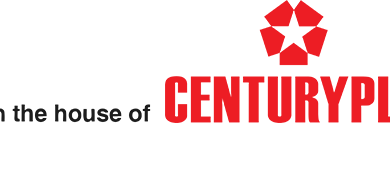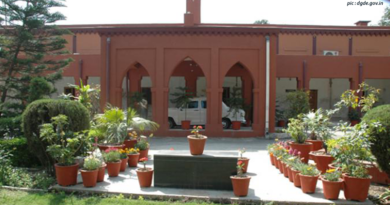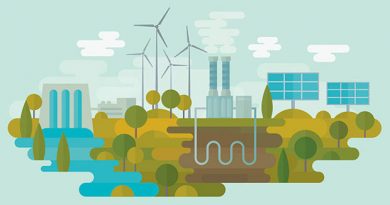Sustainable Energy For All Forum 2018.All the highlights

Last week the fourth installment of the “Sustainable Energy For All Forum” took place in Lisbon Portugal from May 2-3. Leaders from governments, businesses, civil society and international oragnisations attended the two-day conference.
True to its motto “Leave No One Behind”, the 2018 conference was based on closing the “energy gaps” for the last mile populations present all around the world. The agenda of the forum was to shine a light on the urgency for bringing affordable, reliable and sustainable and modern energy to under-served populations or regions that are at a risk of being left behind in the global clean energy transition. The forum was also set to focus on sharing the latest innovations in providing electricity access, accelerating renewable energy and improving efficiency of these energy systems.
The forum assessed data available to examine the progress of achieving the SDG7 goals (sustainability developmental goals).
The five key highlights of the two-day forum were:
Taking Stock on SDG7 Progress: “If Rwanda and Bangladesh can achieve exponential growth in off-grid renewables in just a few years, why can’t other countries in Africa and Asia? If Portugal can achieve 100 percent renewable energy, why can’t other advanced economies?” These were the questions that set the tone for reviewing the SDG7 goals. The forum highlighted the primary energy intensity of the global economy improved at a faster 2.8% pace in 2015. It also emphasized how for the first time in all regions of the world, electricity access grew faster than population growth e.g. in Bangladesh and Mongolia, energy access gains were nearly 10%.
Clean Cooking Gas: The progress on access to clean cooking fuels and technologies was the most sobering trend by far in the SDG7 progress report. The clean cooking access deficit is at about 3 billion, with negligible gains from 2014 to 2016 and only 59% of the global population with access to clean cooking.
“If we keep up this pace, we’ll only reach 73 percent by 2030. That’s unacceptable,” said Dr. Maria Neira, Director of Public Health and the Environment, at the World Health Organization.
The forum highlighted Cameroon as a positive example to follow. The country is currently pursuing an ambitious national strategy based primarily on LPG cookstoves. It has doubled its clean cooking numbers since 2006 and about 20% of the population is now using LPG stoves; by 2030, it hopes to be at 50%.
Leveraging Women’s Role: A new report produced by SEforALL and ENERGIA, Levers of Change, provided powerful evidence of how women are often not given an equal chance to take advantage of sustainable energy opportunities, such as traditional and mobile money financing that would enable them to acquire home solar systems or clean cooking solutions. Calvert Impact Capital highlighted two key opportunities for enhancing women’s role: first, they aimed to target women in investment strategies rather than men as they believe women are more likely to live in energy poverty than men. Second, Calvert found its investments perform better when it uses a gender lens.
Sustainable Energy in Humanitarian Settings: The urgency for providing clean energy and clean cooking solutions at refugee camps and other humanitarian settings is growing with displaced populations increasing worldwide. In a packed session, government leaders, UN officials, foundations and civil society pledged to work together to accelerate gains to bring clean affordable energy to humanitarian settings. Everyone agreed that replicating success stories, such as the solar plants powering two refugee camps in Jordan, is imperative.
Government Leadership: The submit at the end highlighted how governments in African nations were stepping up their leadership in advancing strategies and policies in order to accelerate the SDG7 gains. The most notable countries were: Rwanda, who pledged to reduce biomass fuels from 83% to 42% by 2024 and Uganda, who agreed to work with Smart Communities Coalition in an effort to bring clean energy to its refugee camps.
The forum that was attended by over 800 delegates analysed the SDG7 goals in detail and highlighted some interesting points on where the world currently stands on achieving its sustainable energy goals.
![]()




